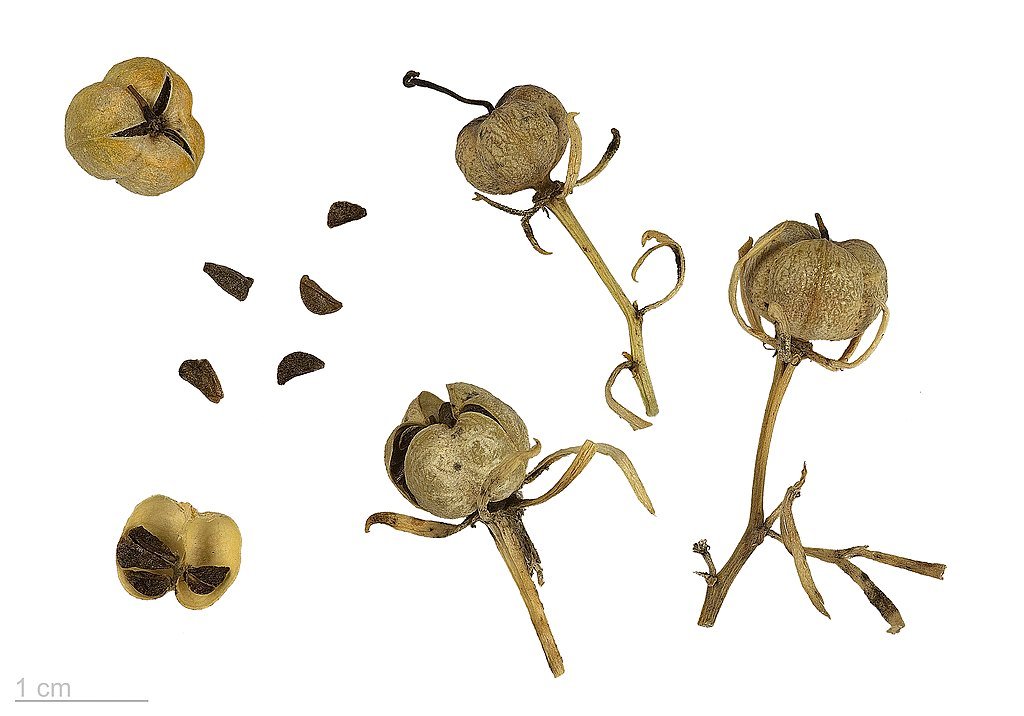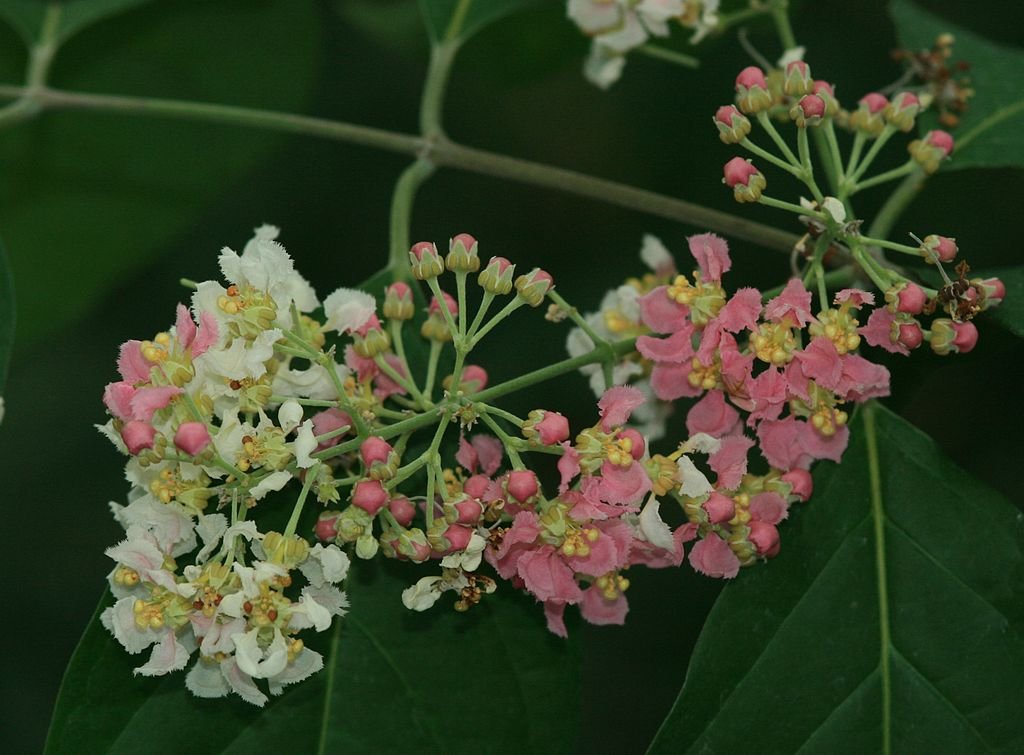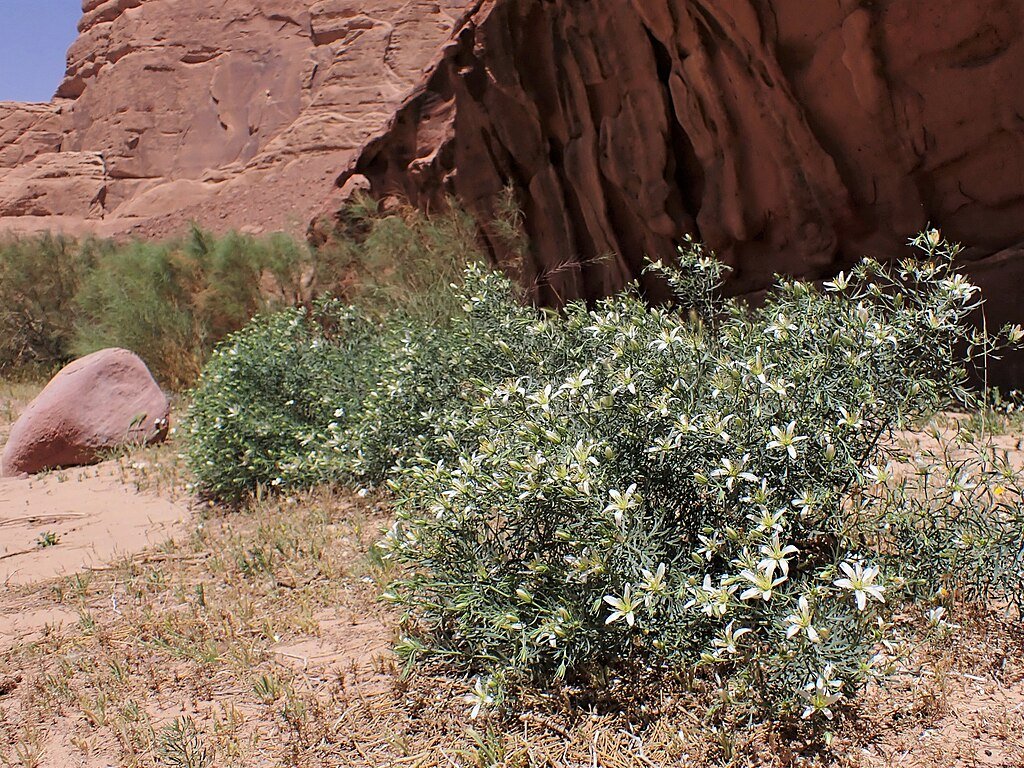Archaeologists have found a startling secret in the dry landscapes of northwest Arabia, where the remnants of the ancient oasis settlement of Qurayyah whisper tales of forgotten civilizations: the first evidence of intentional psychoactive plant burning in the planet. Published in Communications Biology, a ground-breaking study shows that Iron Age people were breathing smoke from Peganum harmala, a plant still used today for its mind-altering and medicinal qualities almost 2,700 years ago.
Under the direction of Professor Marta Luciani of the University of Vienna and Dr. Barbara Huber of the Max Planck Institute for Geo Anthropology, the team used innovative metabolic profiling to find traces of harmine and harm two strong beta-carboline alkaloids within historic ceramic burners. These results provide hitherto unheard-of insights into ancient Arabian pharmacology, ritual, and daily life, pushing back the earliest confirmed use of P. harmala (often known as Syrian rue or harmal).
The Smoking Gun: Chemical Fingerprints of an Ancient High

The secret to this revelation was the painstaking investigation of organic wastes clinging to the inner surfaces of clay burners recovered at Qurayyah. Researchers found two psychoactive compounds distinct to Peganum harmala harmine and harmane using high-performance liquid chromatography-tandem mass spectrometry (HPLC-MS/MS). Acting as reversible monoamine oxidase inhibitors (MAOIs), these molecules momentarily block enzymes breaking down neurotransmitters such as serotonin, so increasing sensory awareness and perhaps causing mild hallucinations.
The remarkable quality of this result is its precision. The chemical fingerprints were clear unlike hazy traces of burned plant material. “This isn’t just a guess; we are seeing the precise molecules that define P. harmala,” Huber says. The residues were discovered in several burners in various homes, implying rather extensive use instead of limited ceremonial practice.
From Medicine to Mysticism: Why Burn Harmal?

Still burned in Middle Eastern homes today to ward off the “evil eye” and clean the air, Peganum harmala is a custom with millennia of evidence. But in Iron Age Arabia, its applications were probably rather more varied:
- Harmala alkaloids are ideal for fumigating sick rooms or food storage spaces since they have recorded antimicrobial effects.
- Harmal, an MAOI, can intensify the effects of other psychoactive drugs, casting doubt on whether it was mixed with other plants in shamanic or spiritual settings.
- Olfactory qualities of the plant’s aromatic smoke could have been appreciated, turning ordinary areas into fragrant sanctuaries.
“These were profoundly sensory experiences, not just practical acts,” says Luciani. “Imagine walking into a room where the air itself was charged with medicinal and maybe consciousness-altering smoke.”
A Missing Link in Ancient Drug Trade?

The discovery also hints at a hidden network of botanical exchange. While P. harmala grows wild in Arabia, its psychoactive cousins like Banisteriopsis caapi (used in ayahuasca brews) are native to the Americas. Similarly, cannabis residues found in 2,500-year-old Tibetan burners suggest a broader prehistoric “drug culture” spanning Eurasia.
Could Qurayyah have been a node in an ancient psychoactive trade route? “We’re seeing parallel traditions of plant use across continents,” says Huber. “This wasn’t just local, it was part of a global human fascination with altering consciousness.”
The Censers Tell a Story: Households, Elites, and Healing
The burners weren’t found in temples but in homes and elite dwellings, suggesting harmal use permeated daily life. One censer was discovered in a food preparation area, and another in a cellar, hinting at both culinary and preservative applications. A third, found in a courtyard, may have been used for communal gatherings.
“The distribution tells us this wasn’t just for priests or shamans,” says Ahmed Abualhassan of Saudi Arabia’s Heritage Commission. “This was part of domestic health practices, possibly even early aromatherapy.”
Rewriting the History of Psychoactive Use

Prior to this discovery, the earliest confirmed use of P. harmala came from medieval texts. Now, the timeline has been pushed back over a millennium. Even more intriguing, the Qurayyah burners predate the famous cannabis-smoking cultures of the Pamirs (2,500 years ago) and the opium rituals of Bronze Age Cyprus, suggesting Arabia was an early hotspot for psychoactive experimentation.
“Every time we think we’ve mapped the origins of drug use, archaeology surprises us,” says Huber. “This is just the beginning.”
Conclusion: An Ancient Practice with Modern Echoes
From Middle Eastern harmal fumigation to contemporary Ayahuasca ceremonies, people have long yearned for metamorphosis through plants. The Qurayyah discovery reveals that our forebears were sophisticated chemists using nature’s pharmacy in ways science is only now starting to understand, bridging past and present.
As Luciani says, “They had knowledge passed down through generations rather than labs. We are simply catching up right now.”
Sources:

Jan loves Wildlife and Animals and is one of the founders of Animals Around The Globe. He holds an MSc in Finance & Economics and is a passionate PADI Open Water Diver. His favorite animals are Mountain Gorillas, Tigers, and Great White Sharks. He lived in South Africa, Germany, the USA, Ireland, Italy, China, and Australia. Before AATG, Jan worked for Google, Axel Springer, BMW and others.



